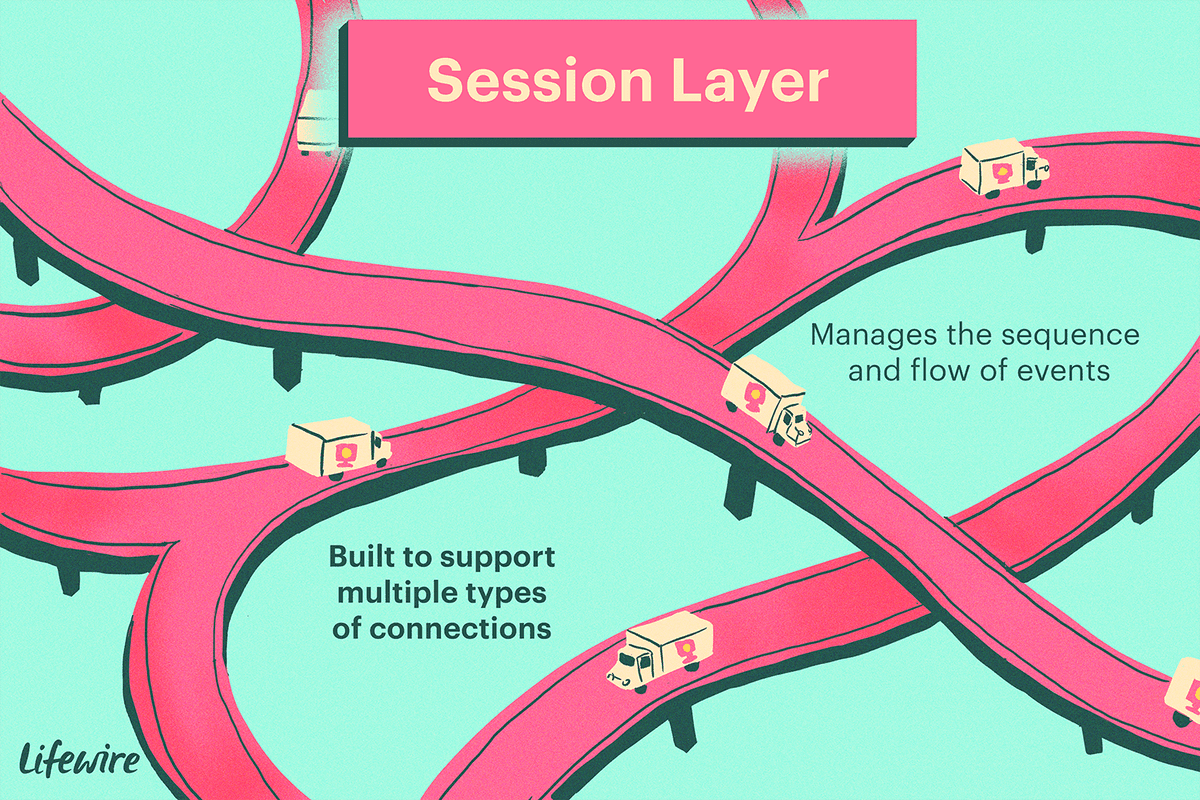
Networking Basics!
How communication happens?
What are 7 OSI Layers?
#Linux #networking #basics #osi #DevOps
A thread 👇
How communication happens?
What are 7 OSI Layers?
#Linux #networking #basics #osi #DevOps
A thread 👇
What Is the OSI Model?
The Open Systems Interconnection (OSI) model describes seven layers that computer systems use to communicate over a network.
The Open Systems Interconnection (OSI) model describes seven layers that computer systems use to communicate over a network.

Layer 1: Physical Layer
It represents the electrical and physical representation of the data connection / system.
When a networking problem occurs, many networking pros go right to the physical layer to check that all of the cables are properly connected.
It represents the electrical and physical representation of the data connection / system.
When a networking problem occurs, many networking pros go right to the physical layer to check that all of the cables are properly connected.

It is responsible for the actual physical connection between the devices. The physical layer contains information in the form of bits. 

Layer 2: Data Link Layer
The data link layer is responsible for the node to node delivery of the message. The main function of this layer is to make sure data transfer is error-free from one node to another, over the physical layer.
The data link layer is responsible for the node to node delivery of the message. The main function of this layer is to make sure data transfer is error-free from one node to another, over the physical layer.

It is IP address understandable layer, which helps you to define logical addressing so that any endpoint should be identified.
The layer also helps you implement routing of packets through a network.
The layer also helps you implement routing of packets through a network.

Layer 3: Network Layer
Network layer works for the transmission of data from one host to the other located in different networks. It also takes care of packet routing.
The sender & receiver’s IP address are placed in the header by the network layer.
Network layer works for the transmission of data from one host to the other located in different networks. It also takes care of packet routing.
The sender & receiver’s IP address are placed in the header by the network layer.

Layer-management protocols that belong to the network layer are:
1. Routing protocols
2. multicast group management
3. network-layer address assignment
Segment in Network layer is referred as Packet.
1. Routing protocols
2. multicast group management
3. network-layer address assignment
Segment in Network layer is referred as Packet.

Layer 4: Transport Layer
The Transport Layer deals with the coordination of the data transfer between end systems and hosts. How much data to send, at what rate, where it goes, etc.
The data in the transport layer is referred to as Segments.
The Transport Layer deals with the coordination of the data transfer between end systems and hosts. How much data to send, at what rate, where it goes, etc.
The data in the transport layer is referred to as Segments.

Two examples of the Transport Layer are the UDP (User Datagram Protocol) and TCP (Transmission Control Protocol) that is build on top of the Internet Protocol (IP model), which work at layer 3. 

Layer 5: Session Layer
This layer is responsible for establishment of connection, maintenance of sessions, authentication and also ensures security.
This layer is responsible for establishment of connection, maintenance of sessions, authentication and also ensures security.

Important function of Session Layer:
1. It establishes, maintains, and ends a session.
2. Session layer enables two systems to enter into a dialog
3. It also allows a process to add a checkpoint to steam of data.
1. It establishes, maintains, and ends a session.
2. Session layer enables two systems to enter into a dialog
3. It also allows a process to add a checkpoint to steam of data.

Layer 6: Presentation Layer
The presentation layer is responsible for ensuring that the data is understandable for the end system or useful for later stages. It translates or formats data based on the application’s syntax or semantics.
The presentation layer is responsible for ensuring that the data is understandable for the end system or useful for later stages. It translates or formats data based on the application’s syntax or semantics.

The functions of the presentation layer are :
1. Translation : For example, ASCII to EBCDIC.
2. Encryption/ Decryption : Data encryption translates the data into another form or code.
3. Compression: Reduces the number of bits that need to be transmitted on the network.
1. Translation : For example, ASCII to EBCDIC.
2. Encryption/ Decryption : Data encryption translates the data into another form or code.
3. Compression: Reduces the number of bits that need to be transmitted on the network.

Layer 7: Application Layer
At this layer the user directly interacts with a software application, so it is closest to the end user. When the user wants to transmit files or pictures, this layer interacts with the application communicating with the nw.
Examples: Web Browsers
At this layer the user directly interacts with a software application, so it is closest to the end user. When the user wants to transmit files or pictures, this layer interacts with the application communicating with the nw.
Examples: Web Browsers

The functions of the Application layer are :
1. Network Virtual Terminal
2. FTAM-File transfer access and management
3. Mail Services
4. Directory Services
Some common protocols include:
1. POP3 or SMTP for emails
2. FTP for emails
3. Telnet for controlling remote devices
1. Network Virtual Terminal
2. FTAM-File transfer access and management
3. Mail Services
4. Directory Services
Some common protocols include:
1. POP3 or SMTP for emails
2. FTP for emails
3. Telnet for controlling remote devices

Retweet the thread if it's useful.
• • •
Missing some Tweet in this thread? You can try to
force a refresh




